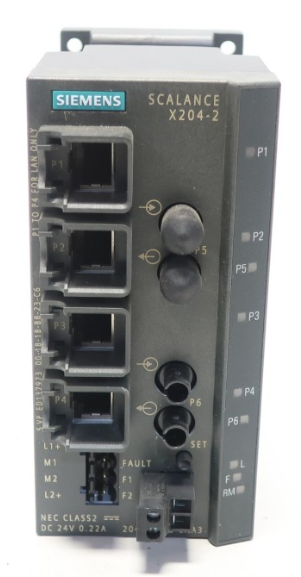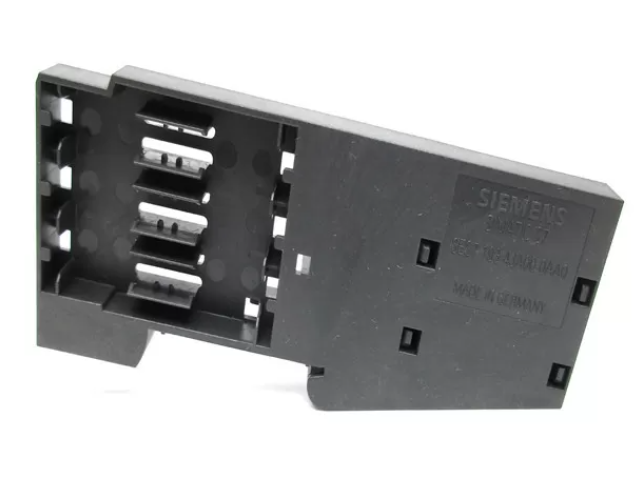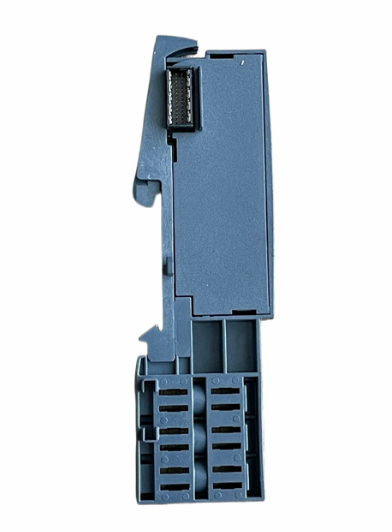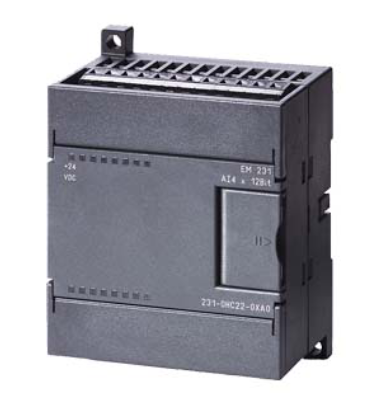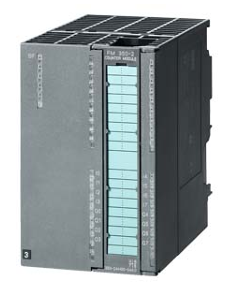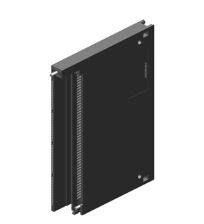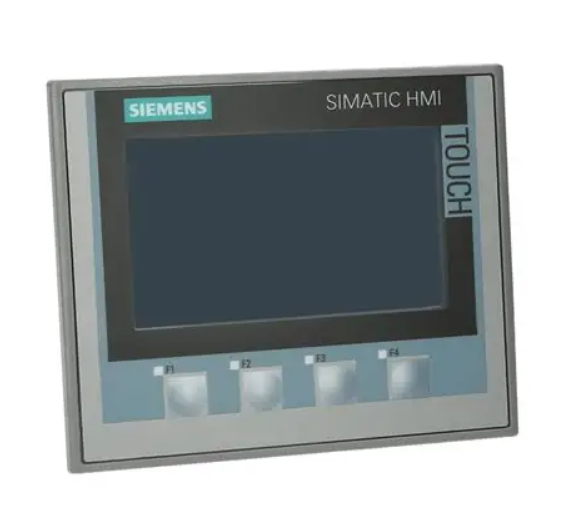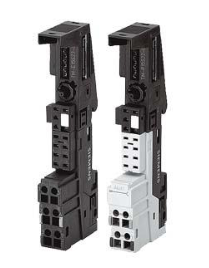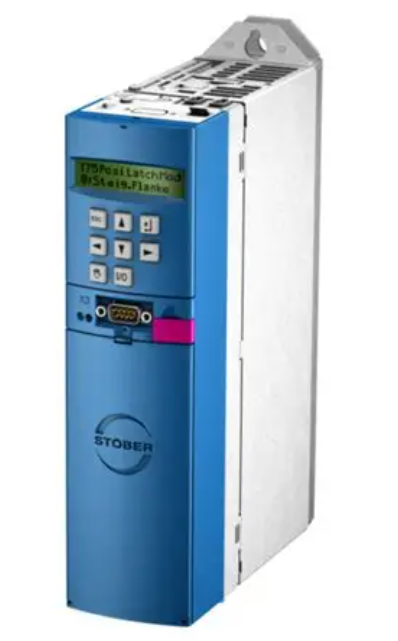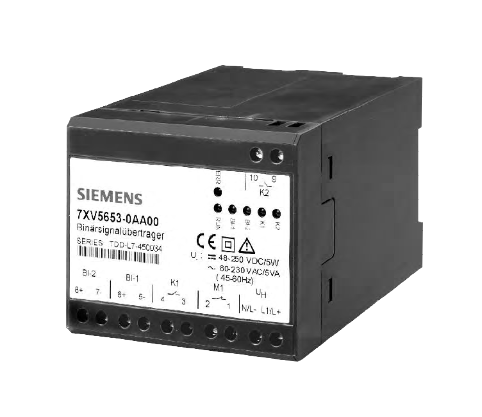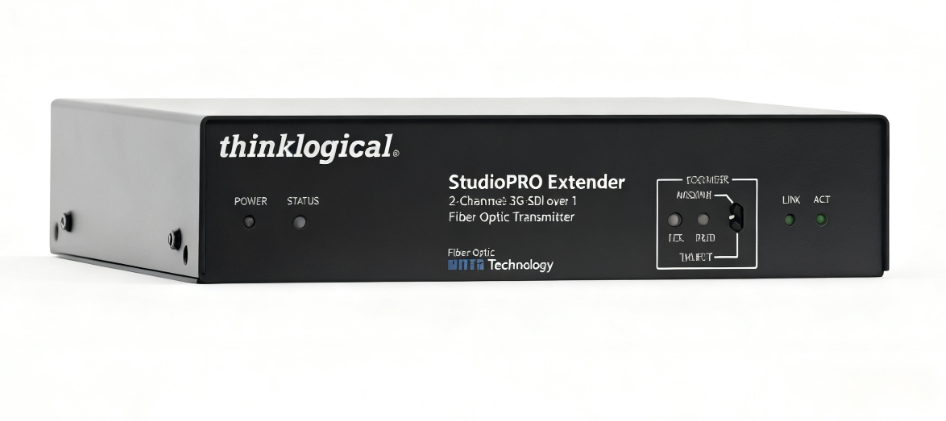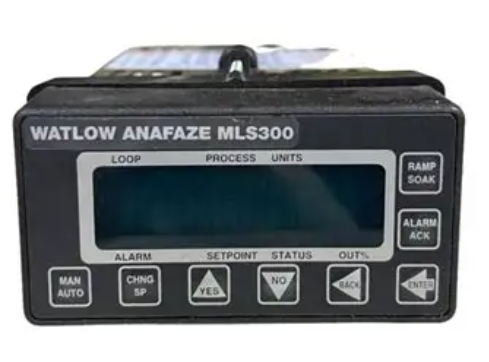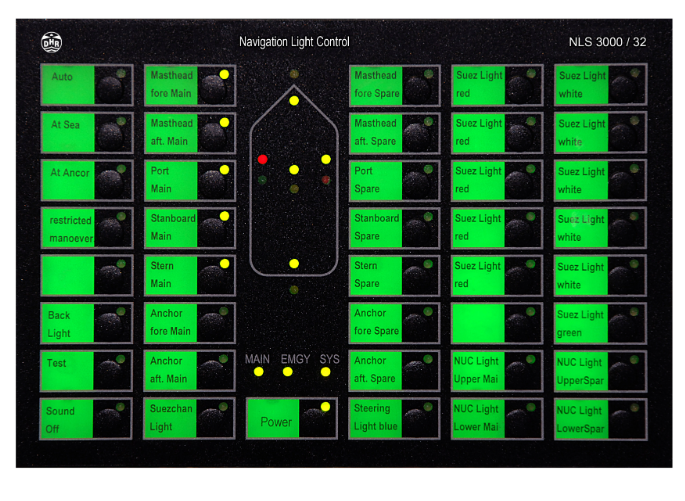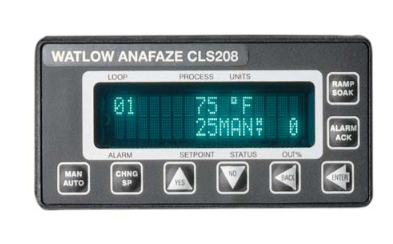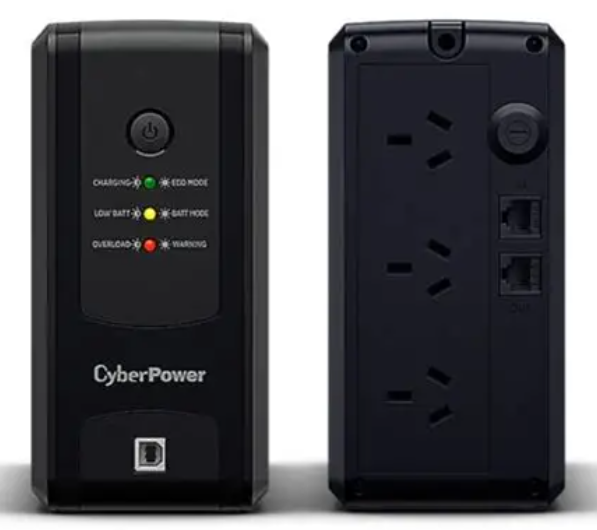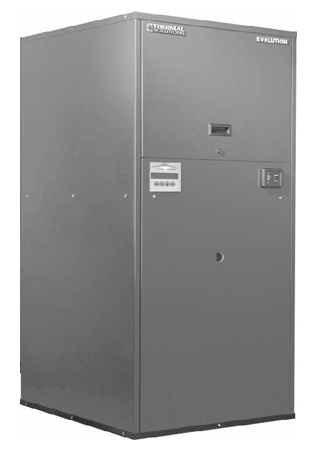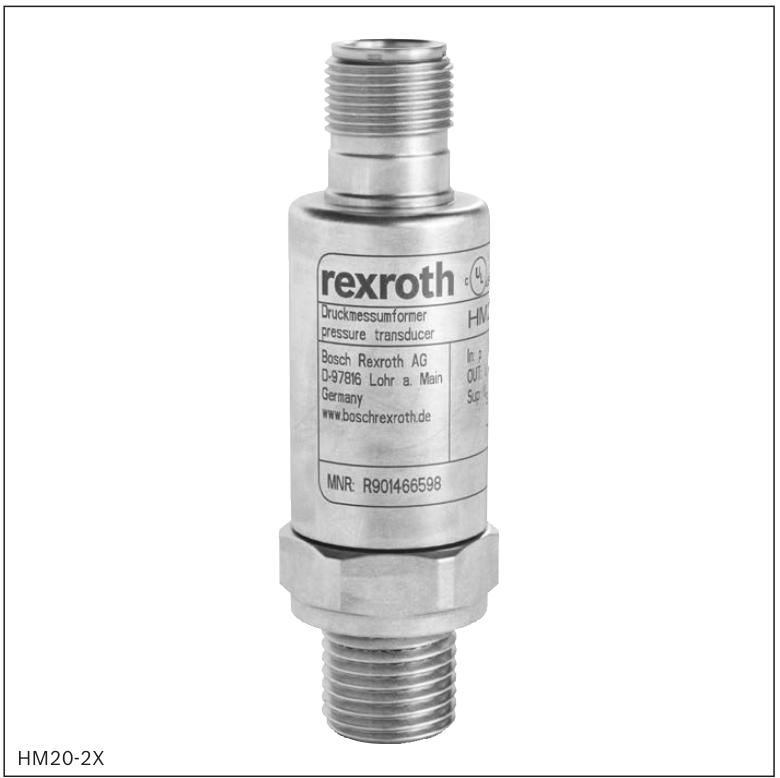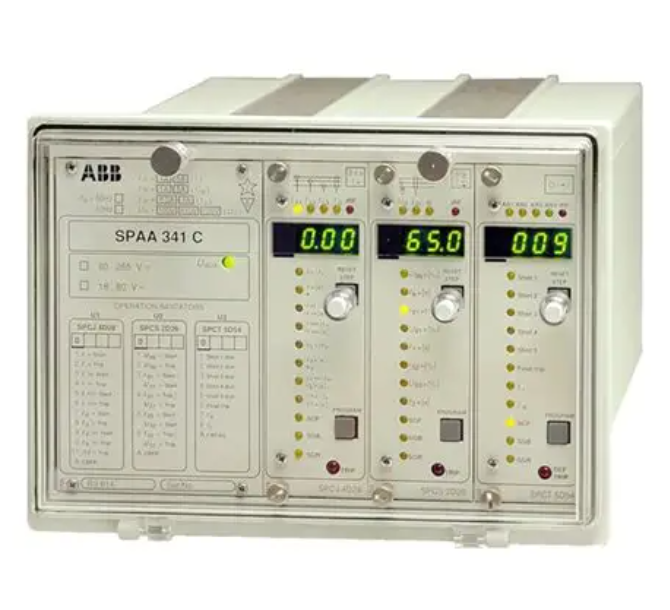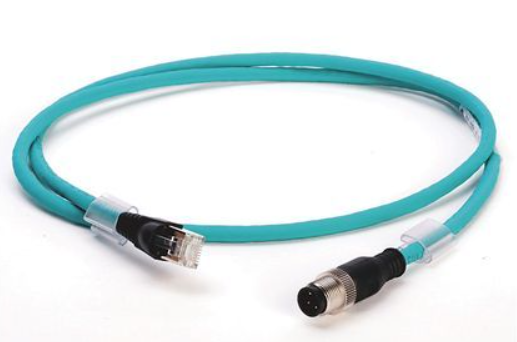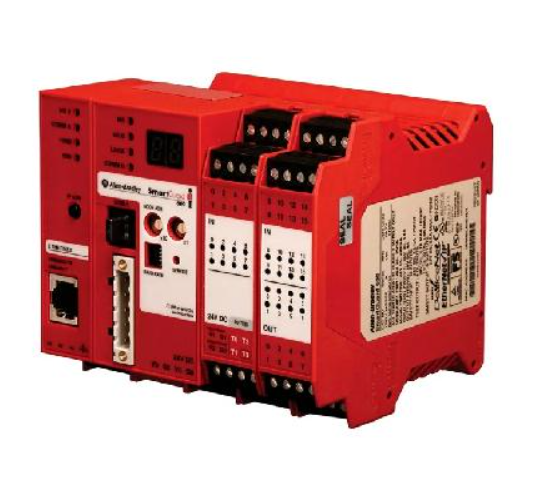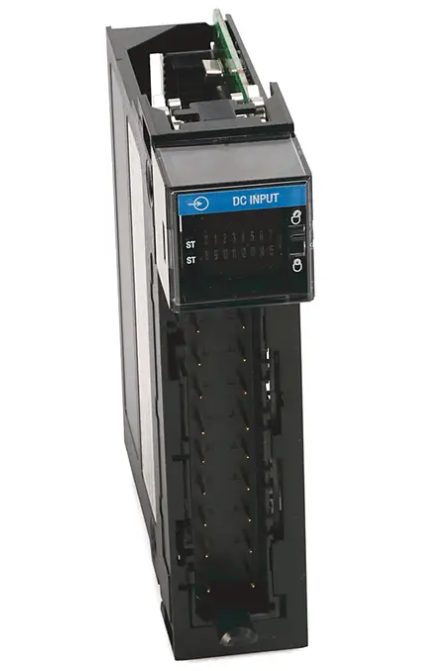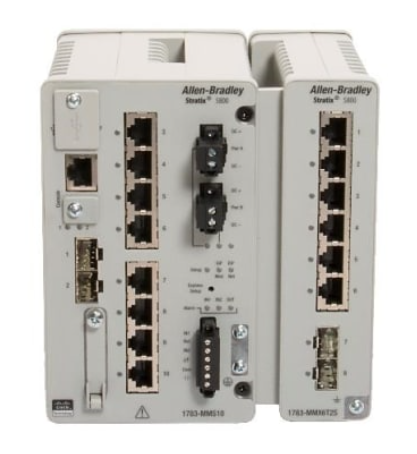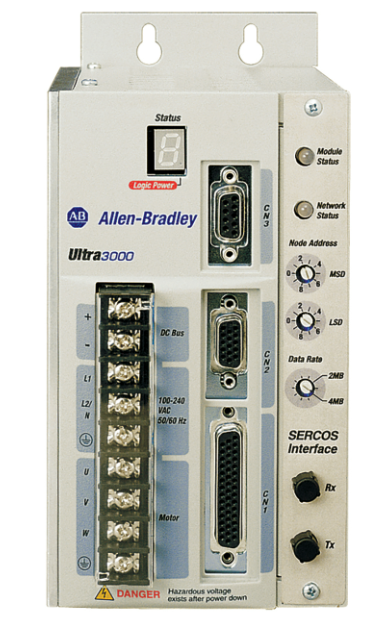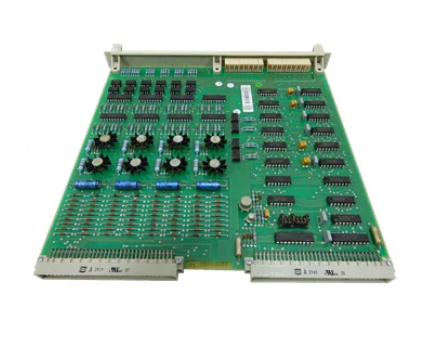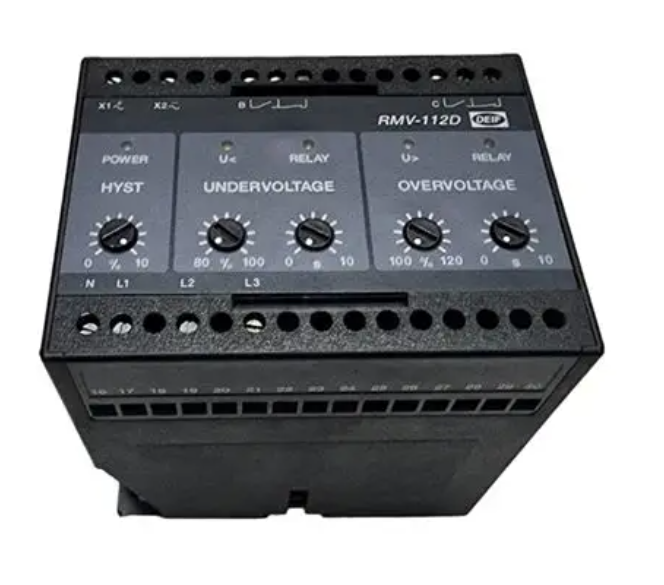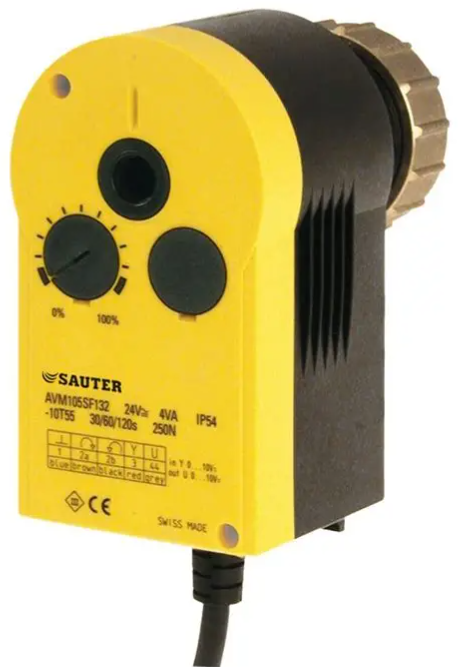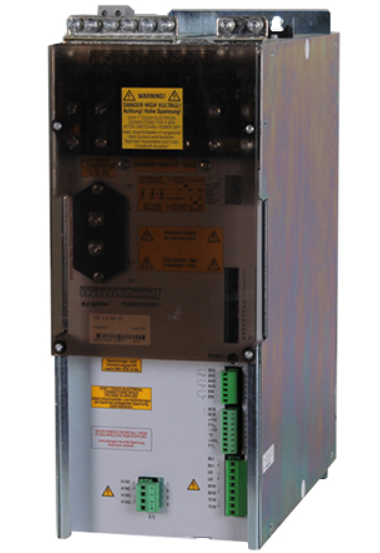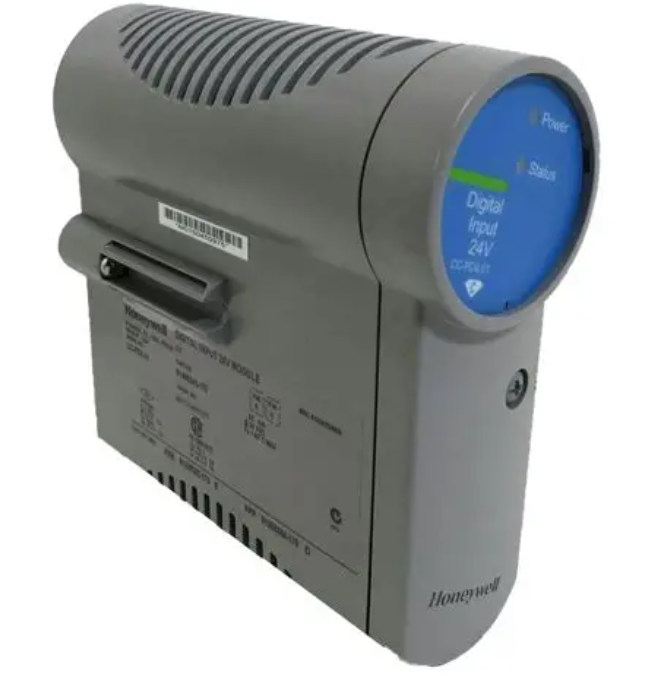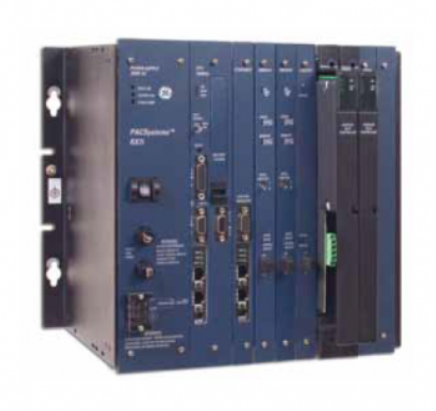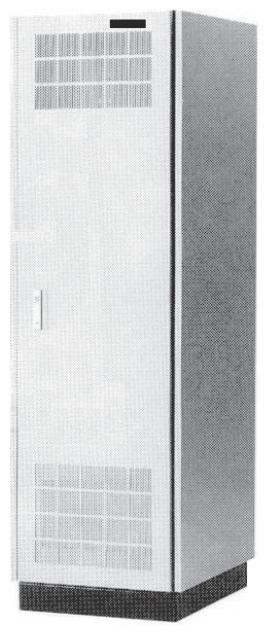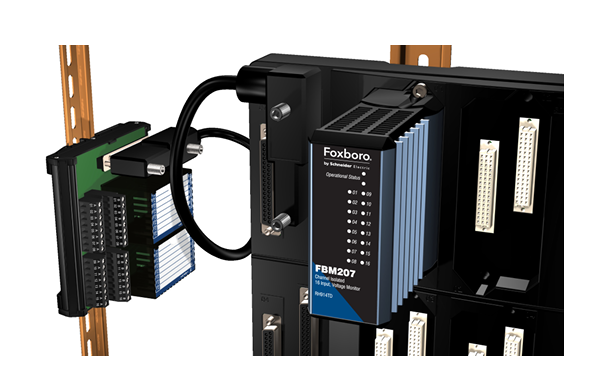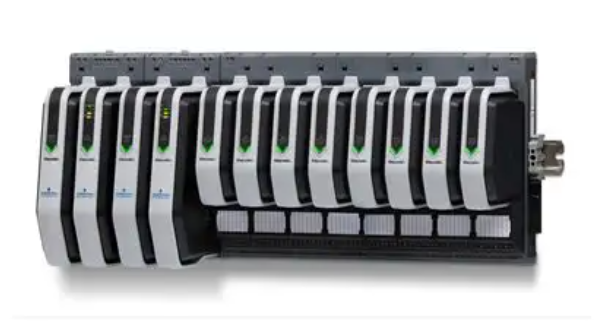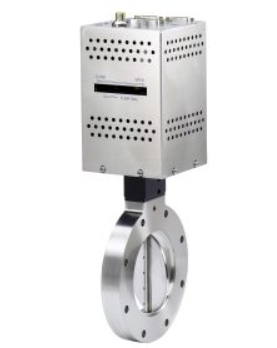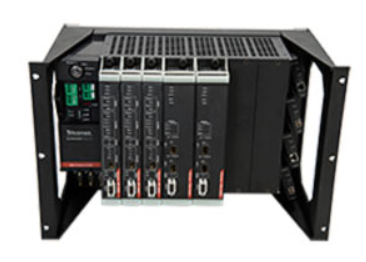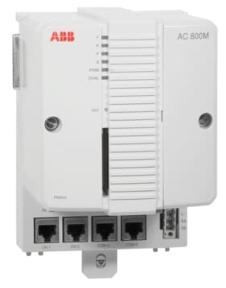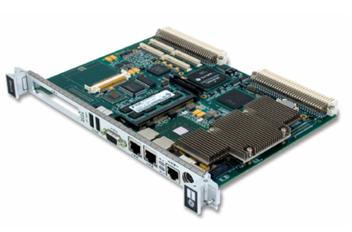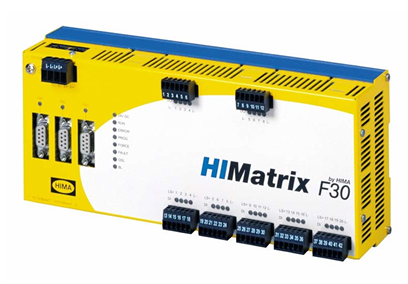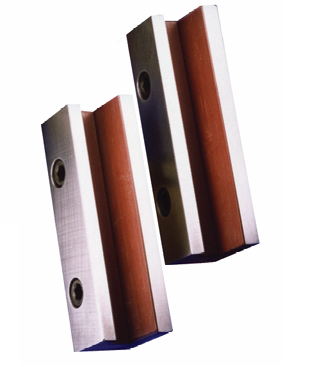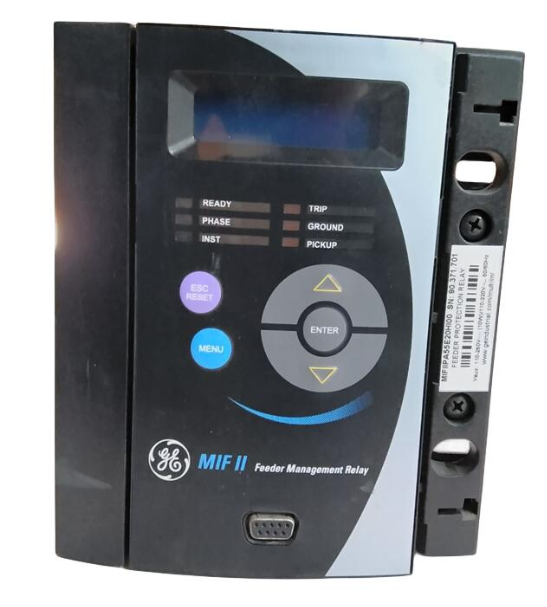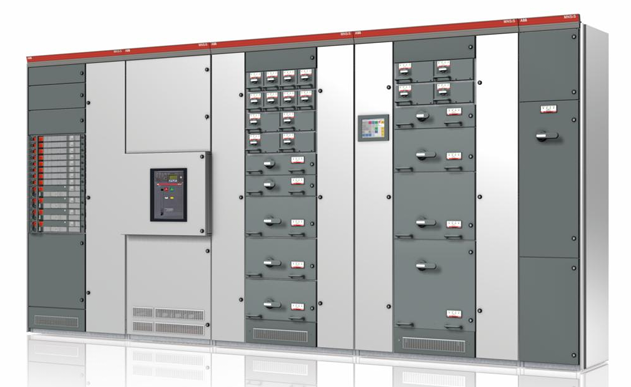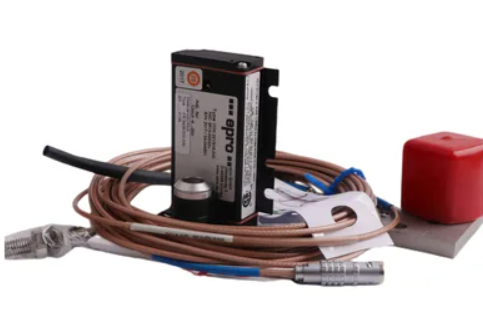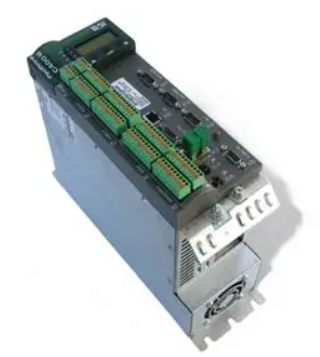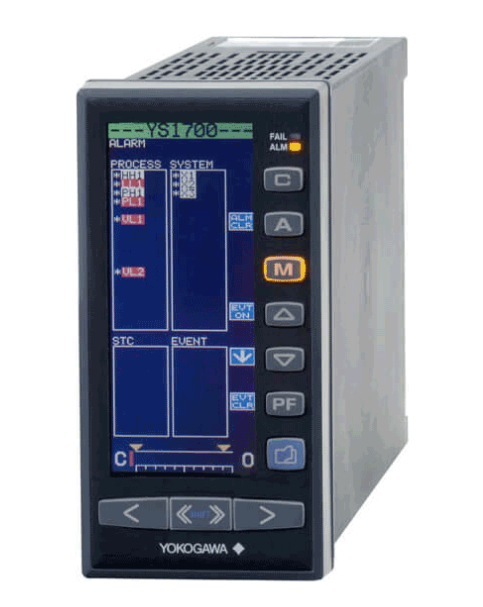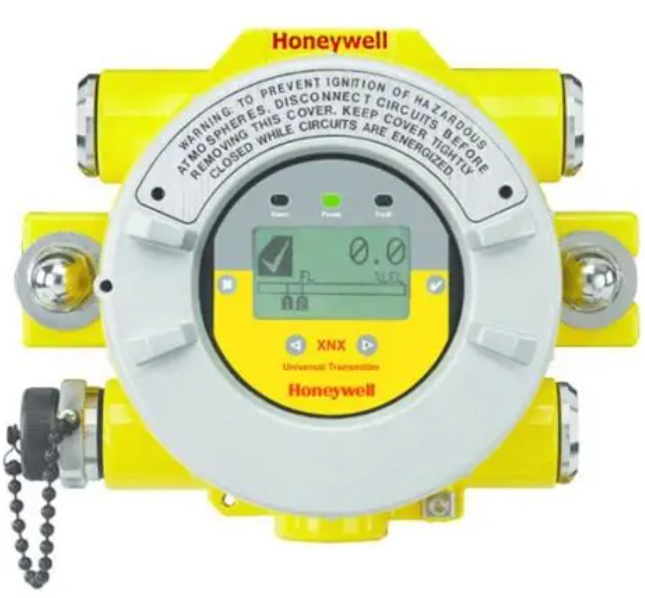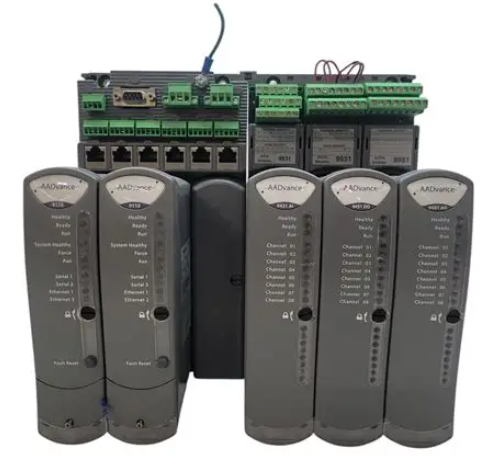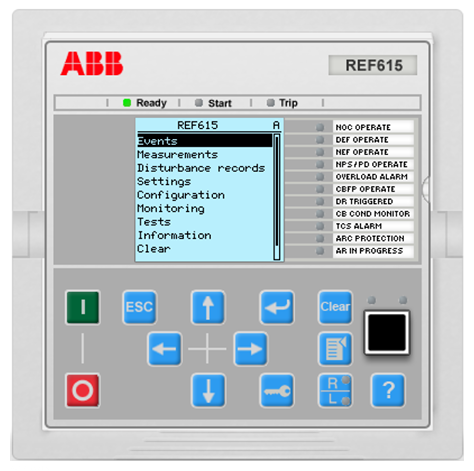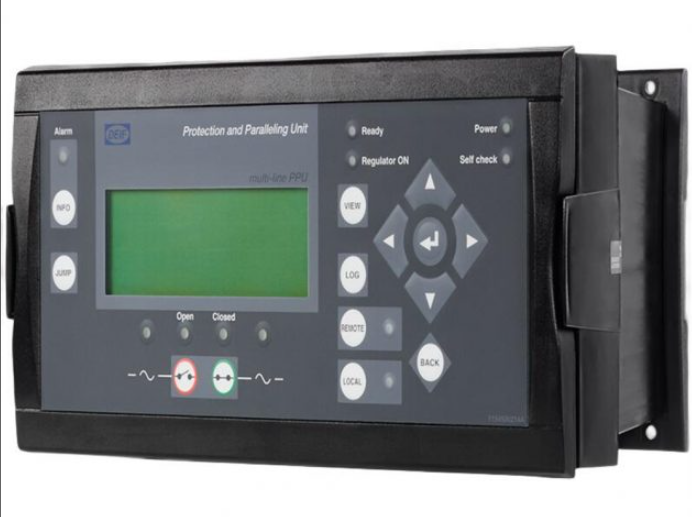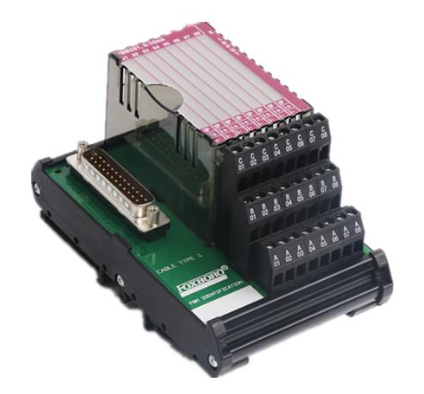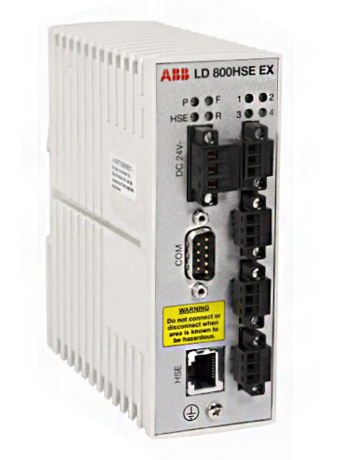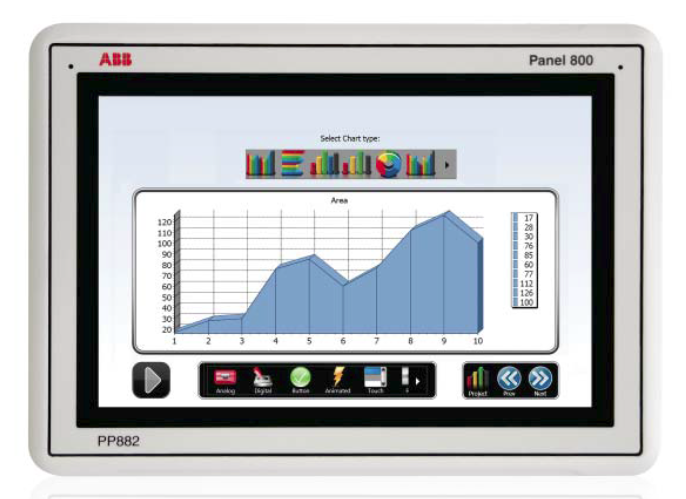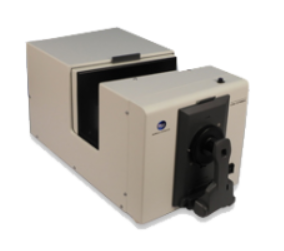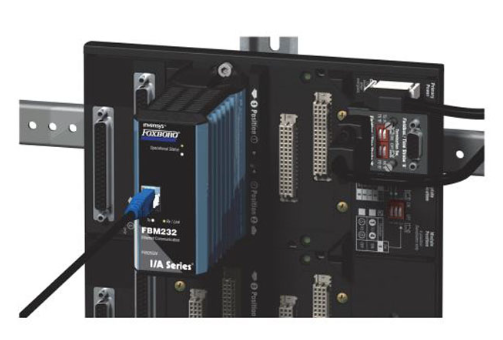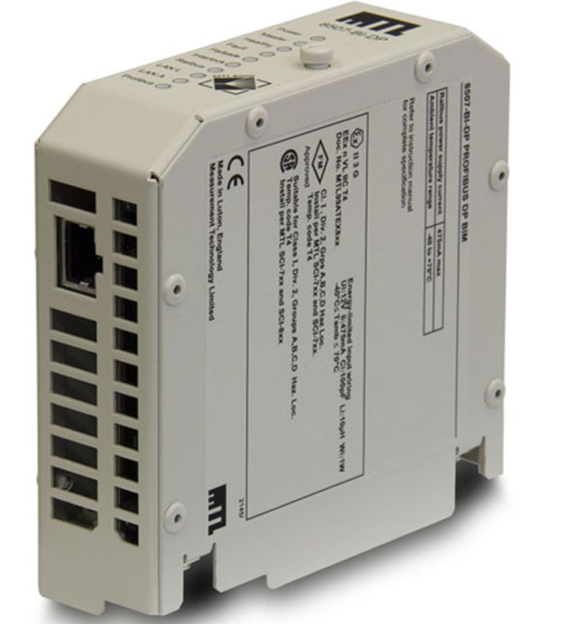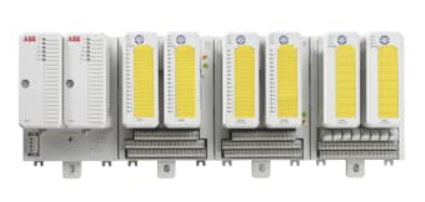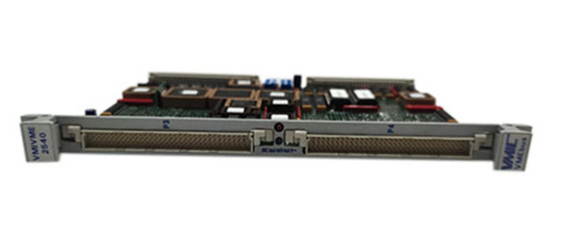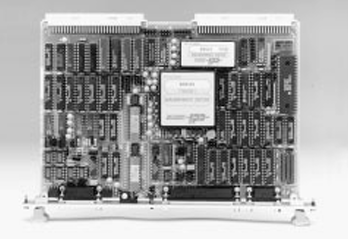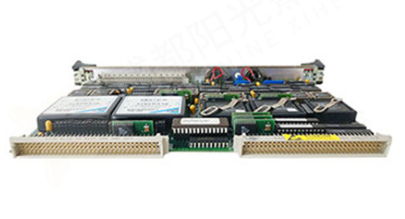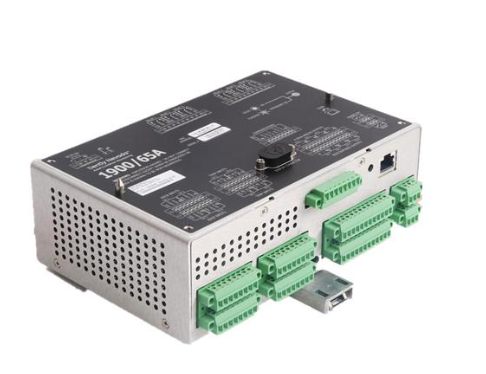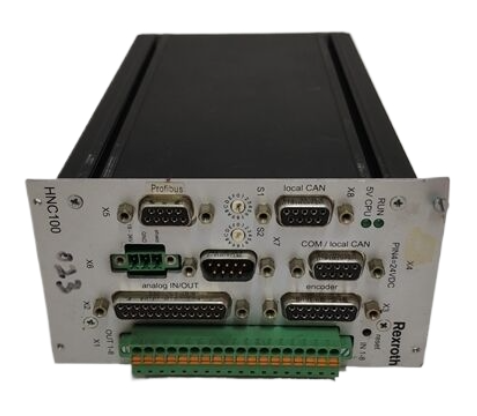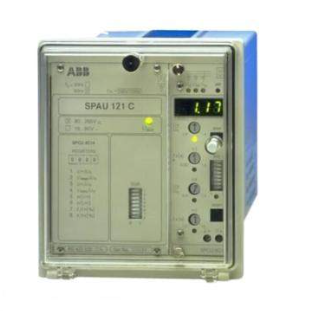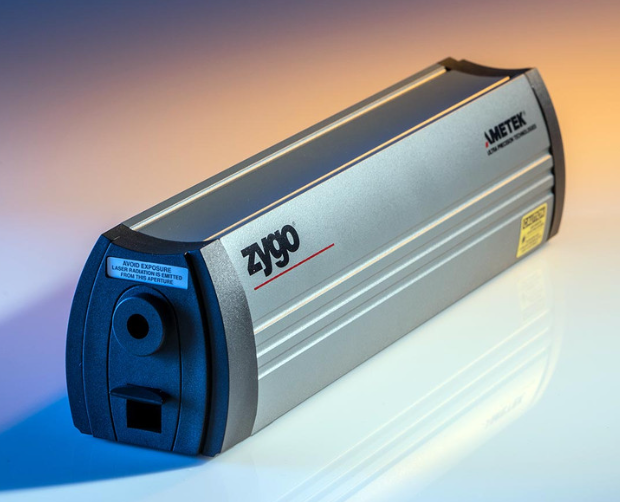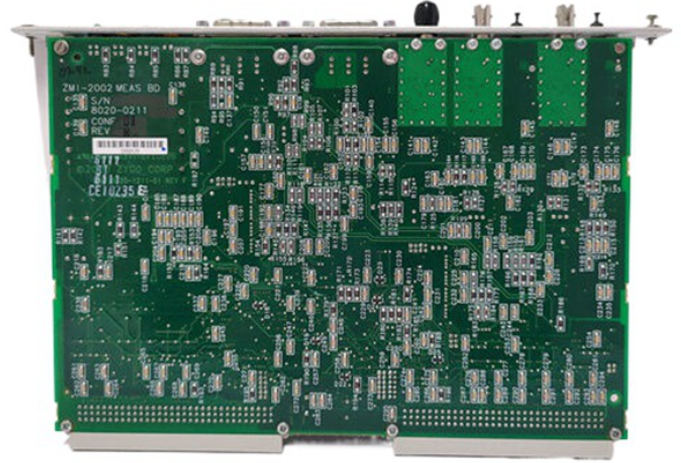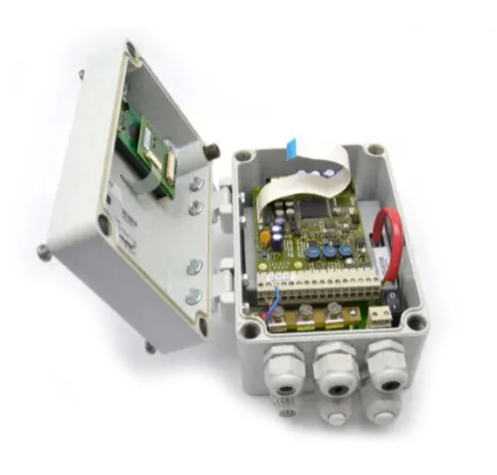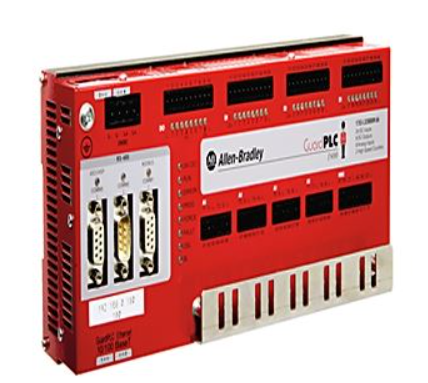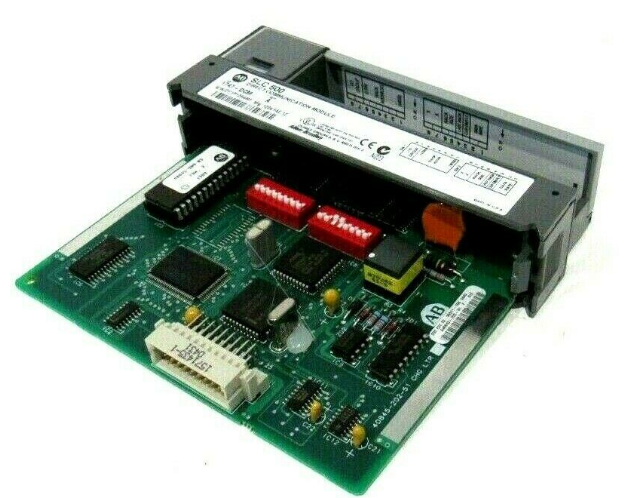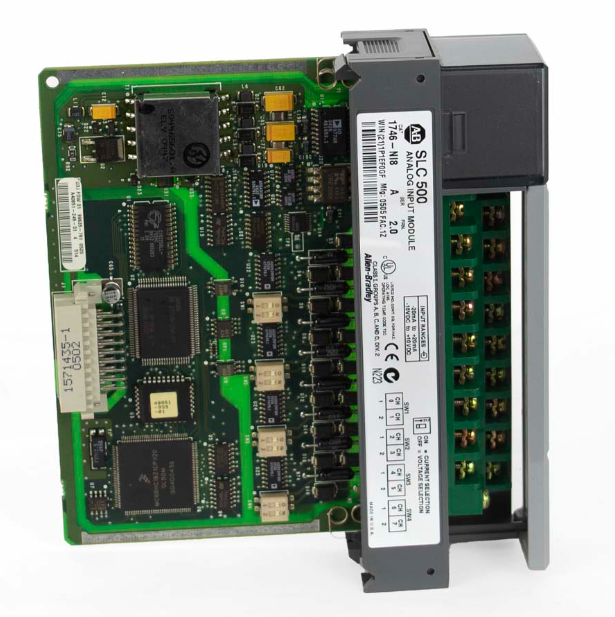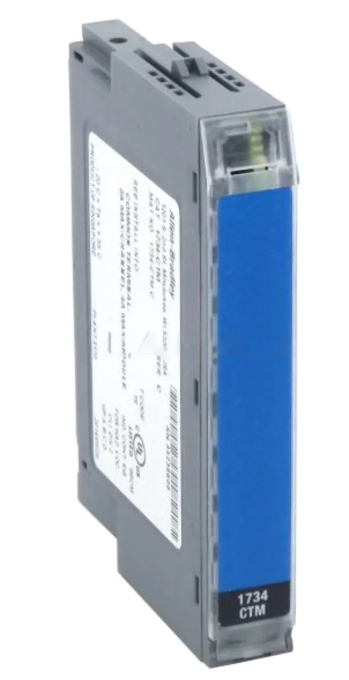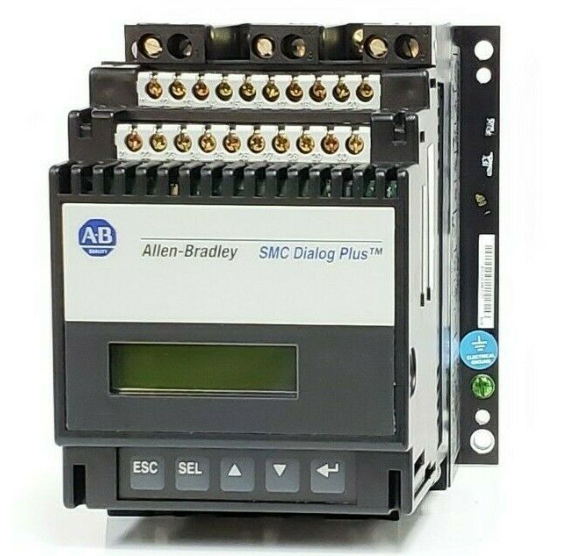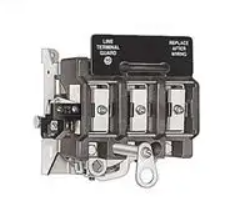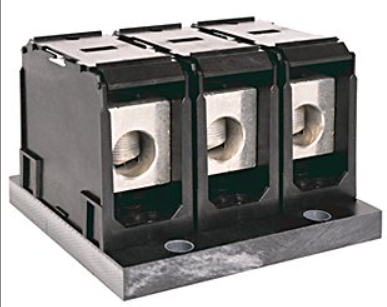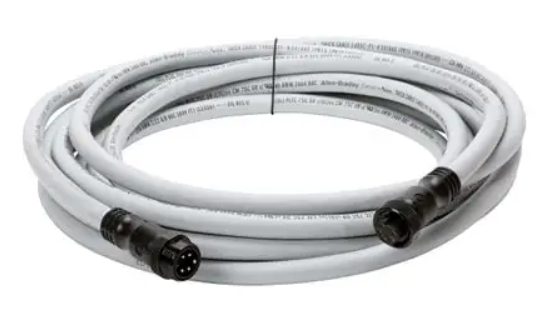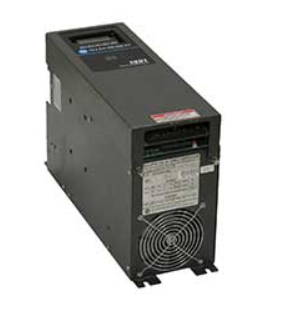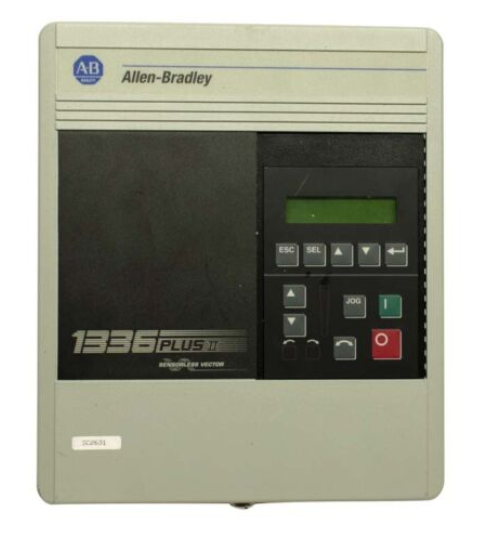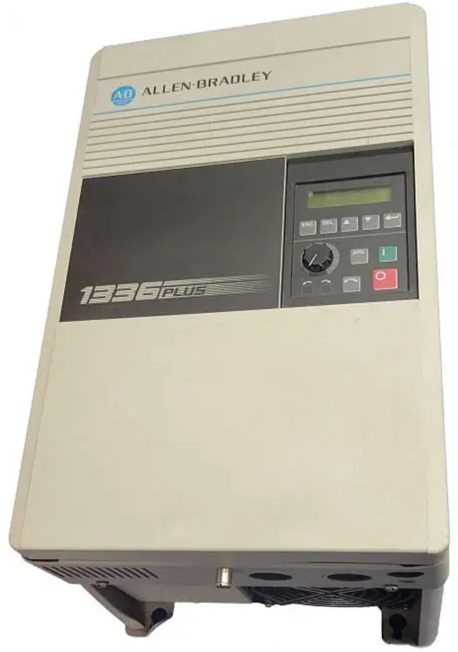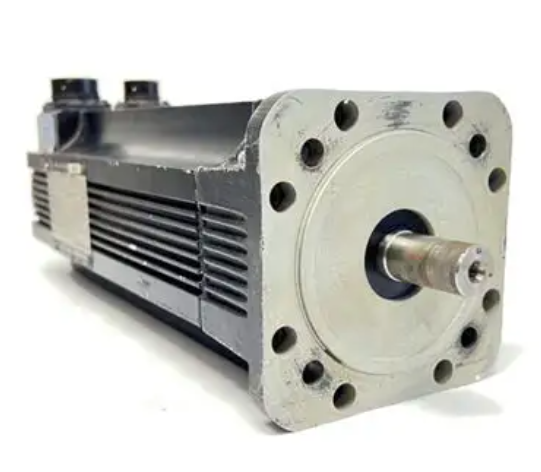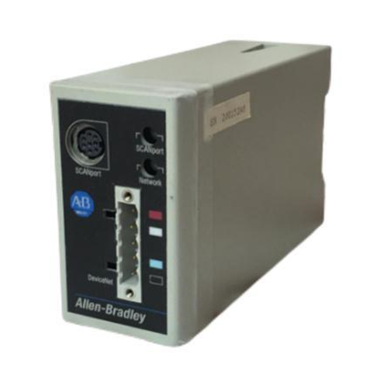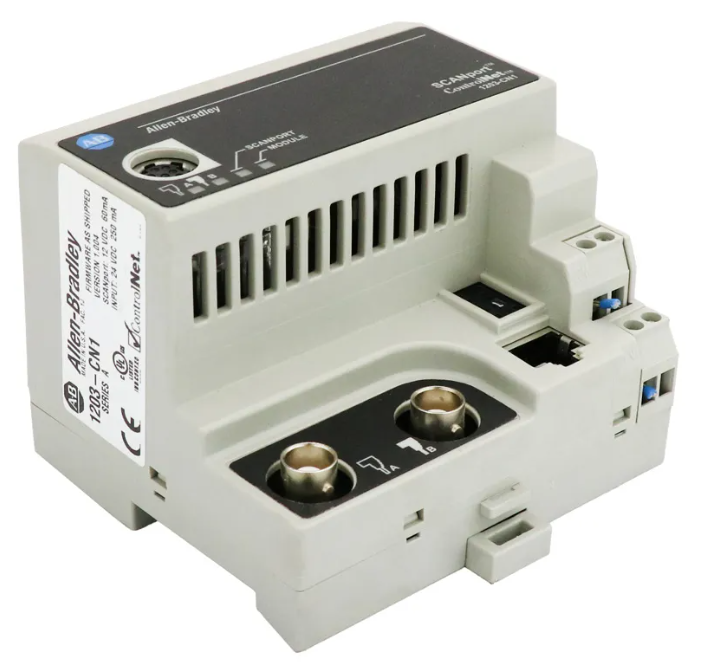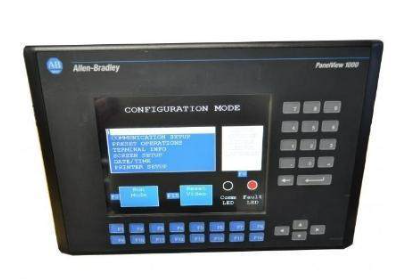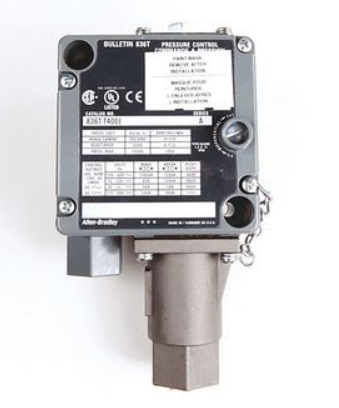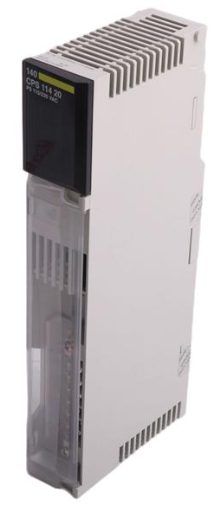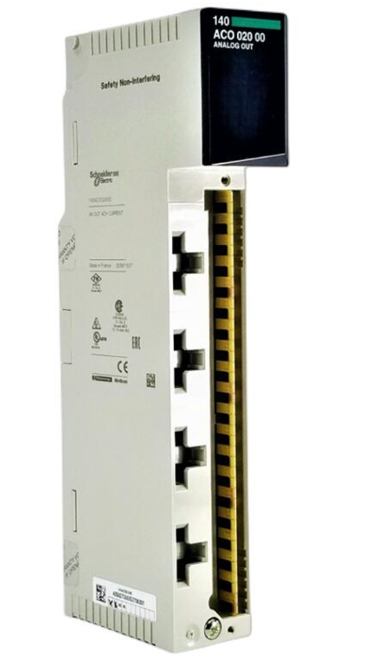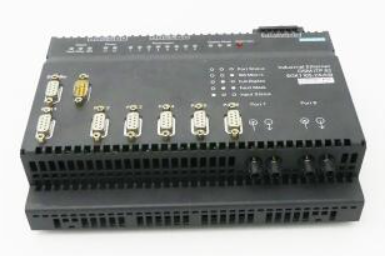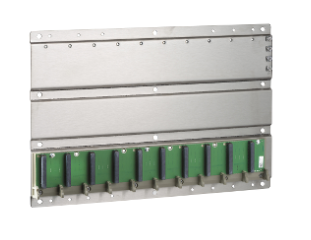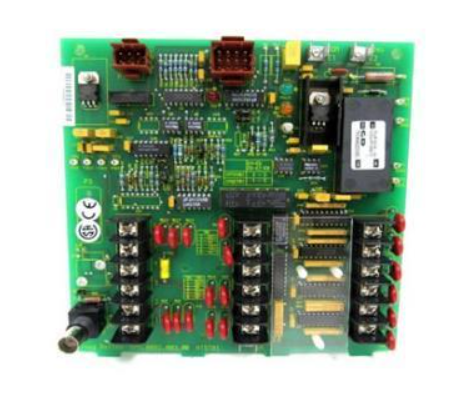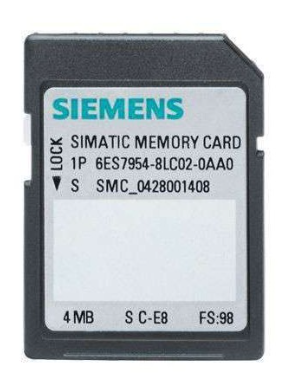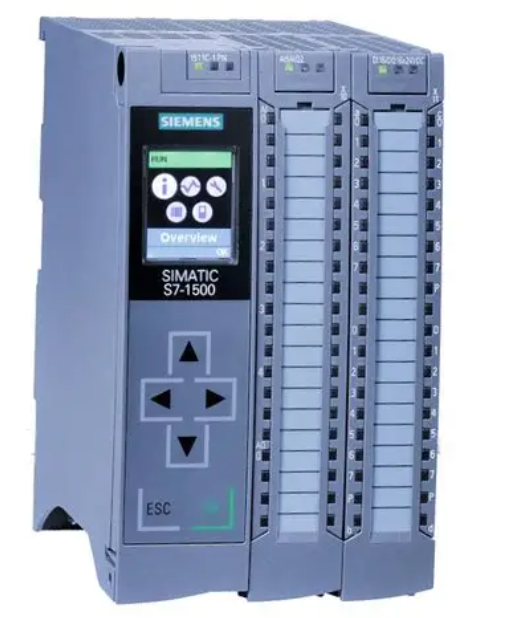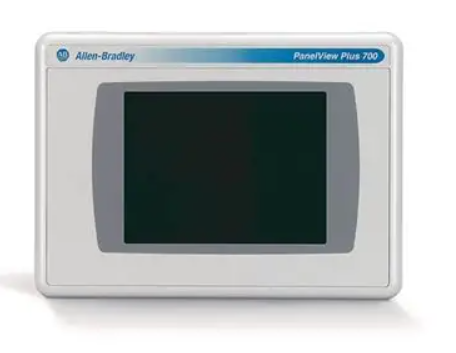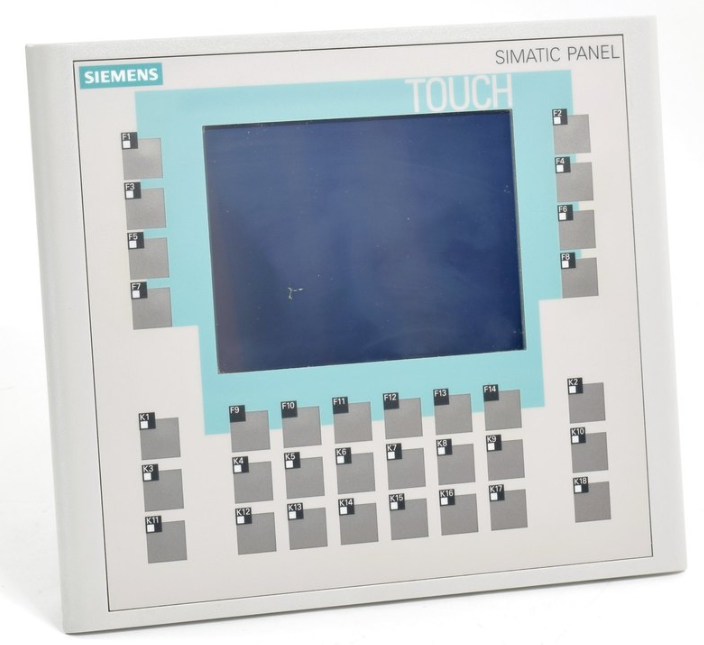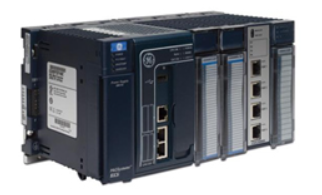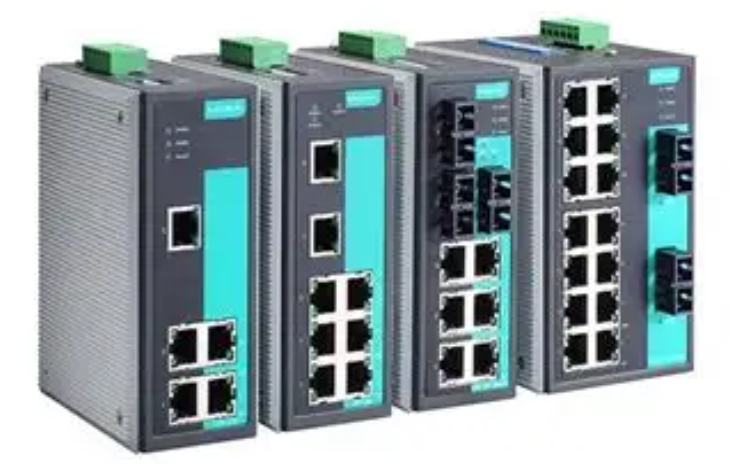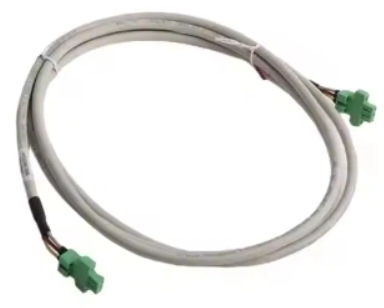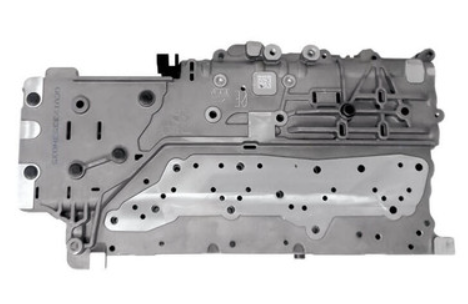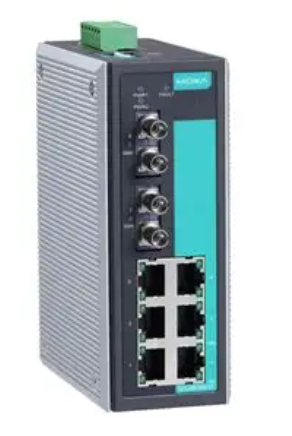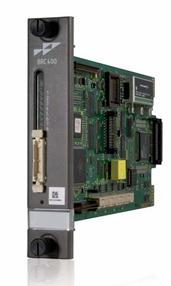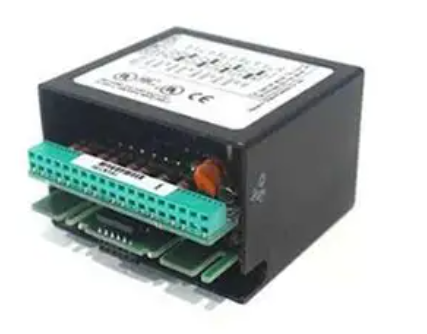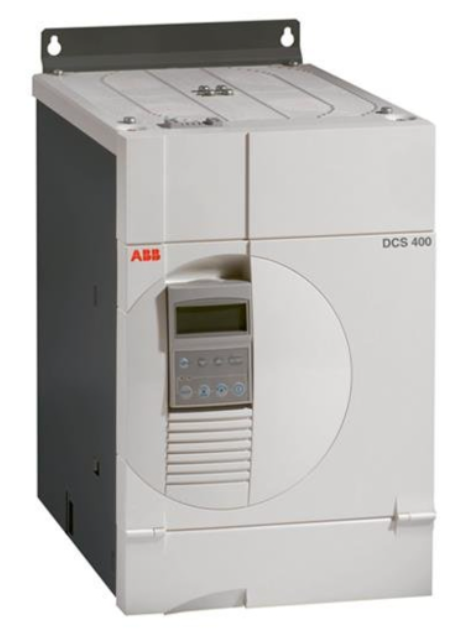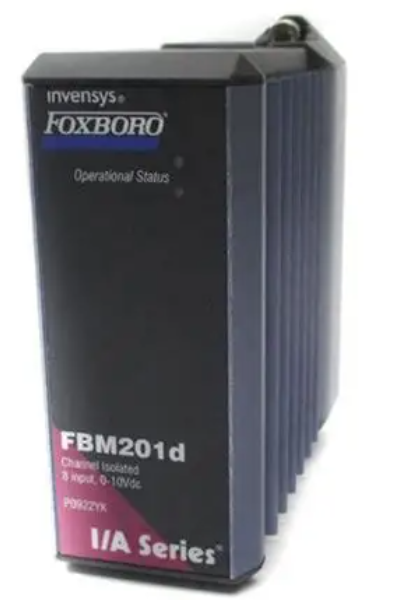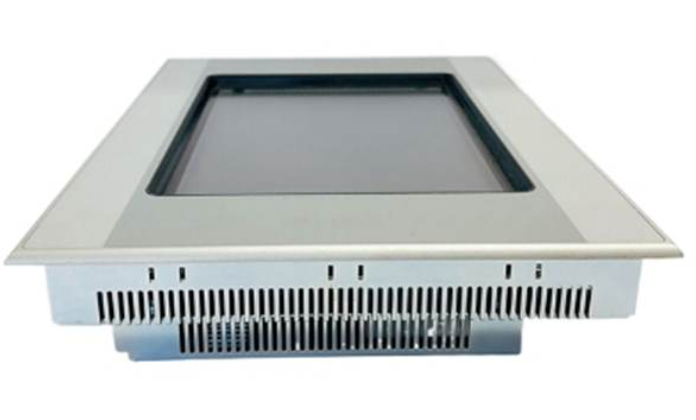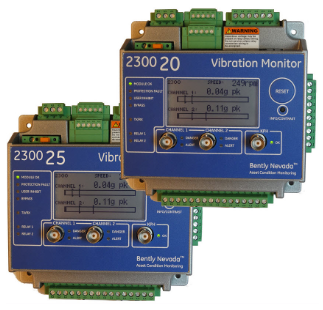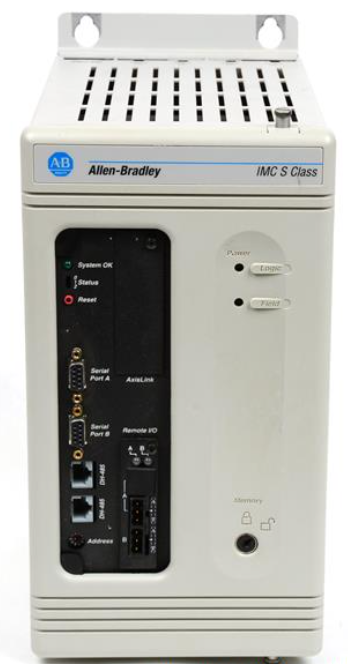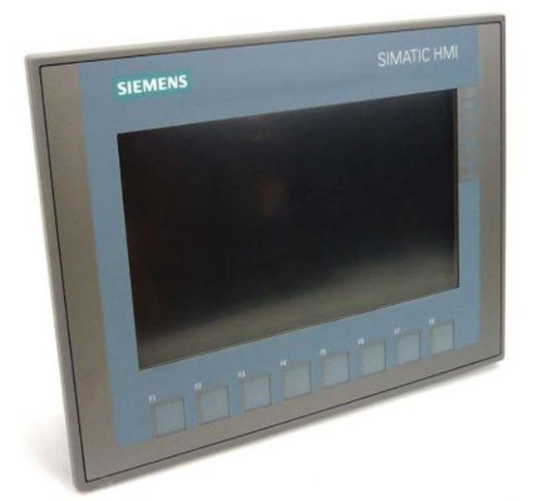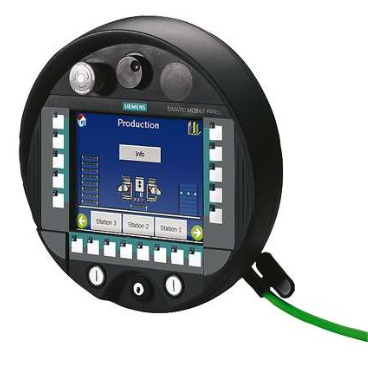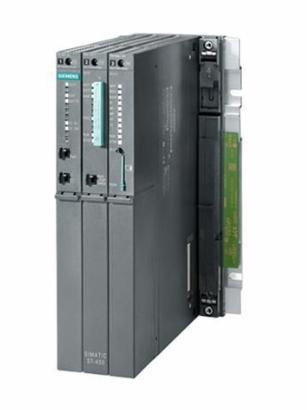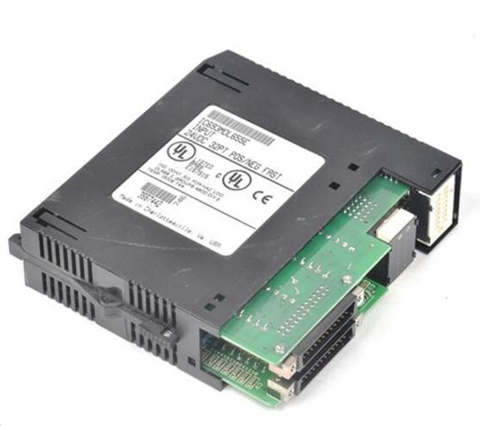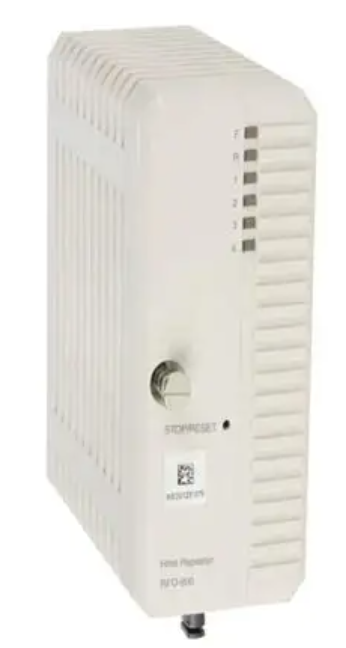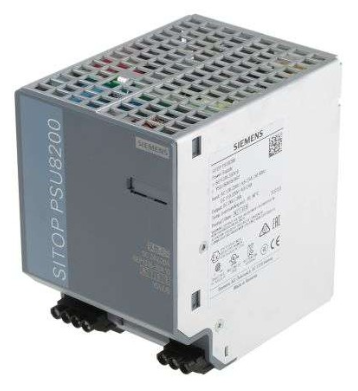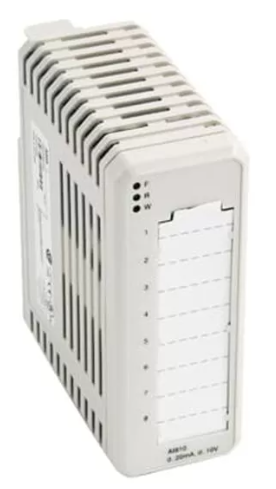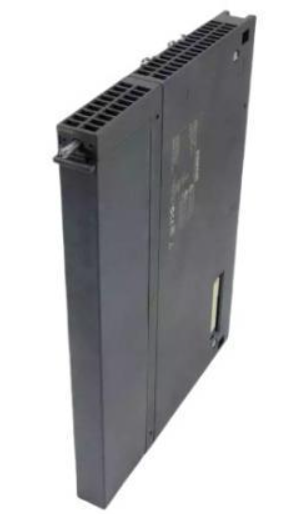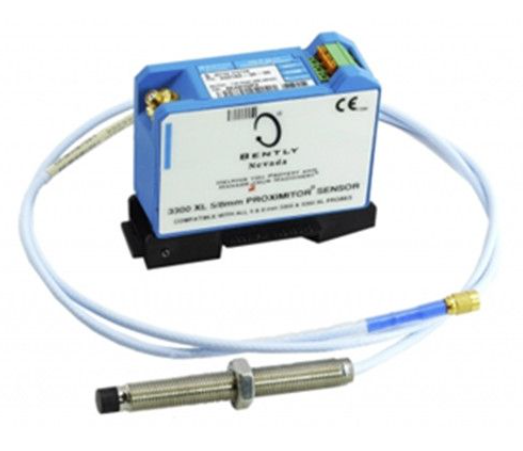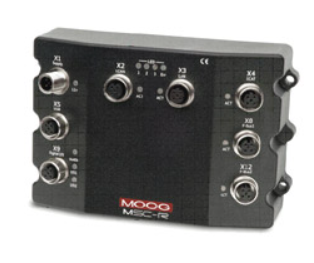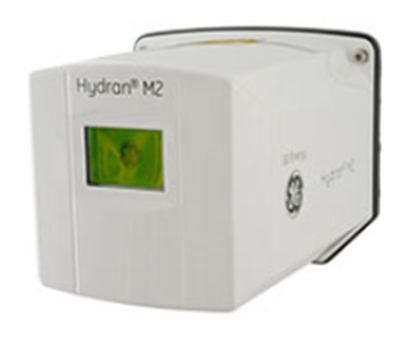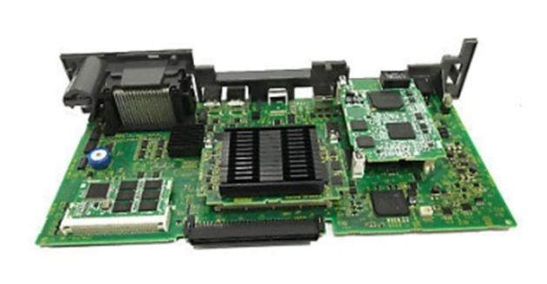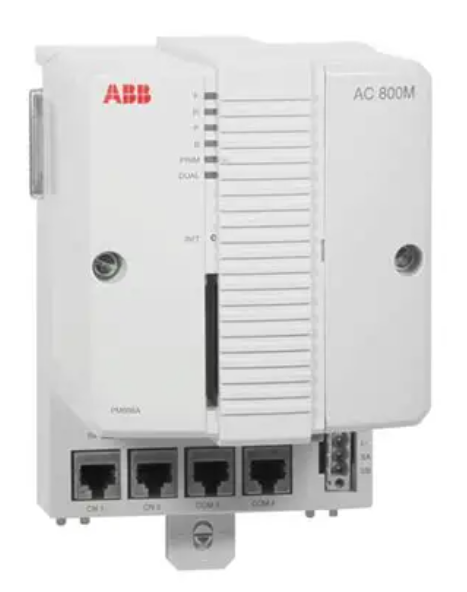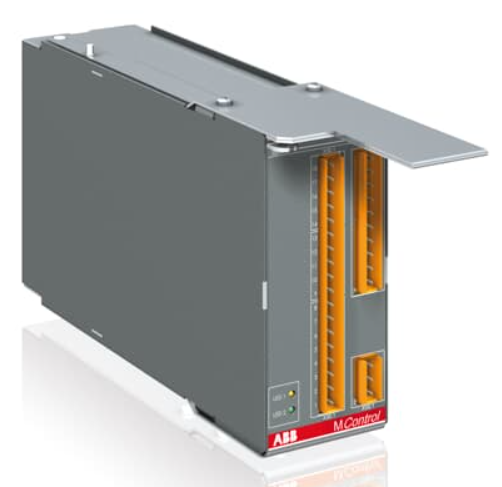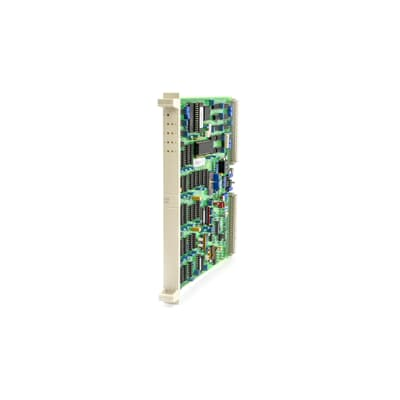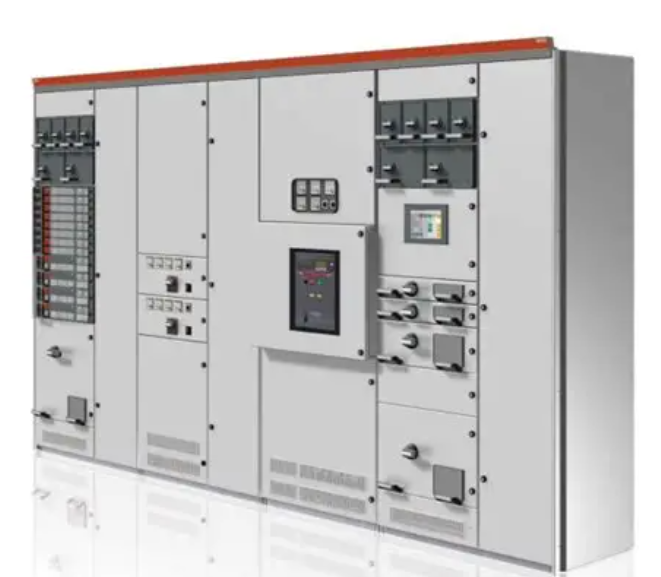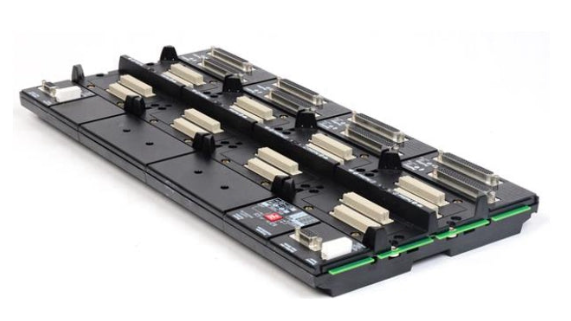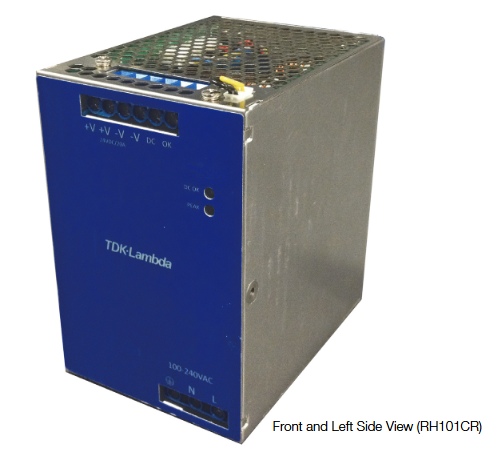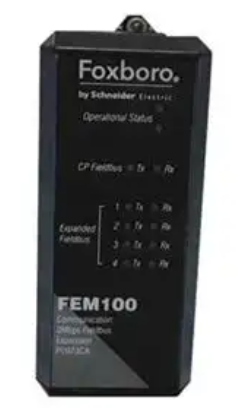

K-WANG


- Telephone:+86-15305925923
- contacts:Mr.Wang
- Email:wang@kongjiangauto.com
Manufacturers
ABB
Model(s)
ABB Advant Controller 31, ABB Advant OCS
Additional Information
8 binary inputs, 6 relay outputs, 120/230 V a.c. power supply
Estimated Shipping Size
Dimensions: 4.0" x 4.0" x 5.0"
(10.2 cm x 10.2 cm x 12.7 cm)
Weight: 1 lbs 13.0 oz (0.8kg )
Country of Origin: France
Ships from Webster NY, USA
ABB 1SBP260021R1001 07CR41 Advant Controller Basic Unit
Basic Information
Product Overview:ABB 1SBP260021R1001 07CR41 Advant Controller Basic Unit is the basic unit in the ABB Advant Controller series. It is the core part of the entire control system, providing basic control functions for industrial automation processes, enabling monitoring and management of various industrial equipment and processes.
Physical characteristics: This basic unit is usually of a compact design for easy installation in the control cabinet. The enclosure is generally made of sturdy metal material with good electromagnetic compatibility (EMC) and mechanical protection, which can effectively prevent external electromagnetic interference and resist a certain degree of physical shock and the intrusion of dust and moisture. The mounting options may include rail mounting or direct fixed mounting, facilitating flexible use in different industrial control cabinet layouts.
Functional Features
Processing power
Processor performance: The built-in high-performance processor is capable of quickly processing complex control algorithms and logic operations. This makes it possible to analyse and process a large number of input signals in a short period of time and generate precise output instructions according to pre-written procedures, meeting the strict requirements of industrial sites for real-time and accurate control. For example, in a complex automated production line, it can quickly respond to various sensor signals, such as position sensors, pressure sensors, etc., so as to accurately control the operating status of the equipment.
Multi-tasking capability: Supports multi-tasking, allowing multiple control programmes to be run or multiple control tasks to be performed at the same time. This feature makes it possible to simultaneously take into account the control needs of different devices, such as controlling the speed of multiple motors and the opening of multiple valves at the same time, as well as reasonably allocating system resources to ensure that each task is independent of each other and can run stably. For example, in a chemical production process, it can simultaneously control the temperature regulation of the reactor, the feeding speed of the material and the speed of the stirrer.
Input and output functions
Abundant I/O interfaces: Equipped with various types of input/output (I/O) interfaces, including digital input (DI), digital output (DO), analogue input (AI) and analogue output (AO). The digital input interface can receive digital signals from switches, pushbuttons, proximity switches and other devices for detecting the state of the device (e.g. start/stop, on/off, etc.); the digital output interface is capable of outputting digital signals for controlling relays, indicators, solenoid valves, etc.; and the analogue input interface can receive analogue signals (e.g. 0 - 10V DC, 4 - 20m) from temperature sensors, pressure sensors, flow sensors and other devices. The analogue input interface can receive analogue signals from temperature sensors, pressure sensors, flow sensors and other devices (e.g. 0 - 10V DC, 4 - 20mA, etc.), which can be used to collect a variety of physical parameters in the industrial process; and the analogue output interface is able to output analogue signals for the control of devices that require continuous adjustment, such as frequency converters and control valves.
I/O Expansion Capability: I/O expansion interface is provided to allow users to flexibly add I/O expansion modules to increase the number of input/output points according to the complexity of the actual application scenario and the number of devices. This allows the system to be easily adapted to industrial automation projects of different scales, ranging from small single-machine equipment control to large-scale integrated control of production lines. For example, when more motors need to be controlled or more sensors need to be monitored, this can be easily accommodated by adding I/O expansion modules.
Communication Functions
Communication interface support: A variety of communication interfaces are available, such as Ethernet interface (RJ45), serial interface (RS-232, RS-485), etc. The Ethernet interface supports high-speed data transmission. The Ethernet interface supports high-speed data transmission and can be used for remote monitoring, communication with the host computer system and connection to the plant's local area network for centralised data management and remote control. Serial interface can be used to connect specific field devices or other devices with serial communication function for close communication, and in some strong electromagnetic interference environment, serial communication has better anti-interference ability.
Communication protocol compatibility: It supports a variety of industrial communication protocols, such as Modbus, Profibus, TCP/IP and so on. This makes it possible to communicate and exchange data with equipment produced by different manufacturers, which is convenient for users to integrate various brands of sensors, actuators and other automation equipment when building automation systems, and achieve a high degree of system integration and cooperative work. For example, in a factory automation system with both ABB and Siemens equipment, seamless communication can be achieved through these common protocols.
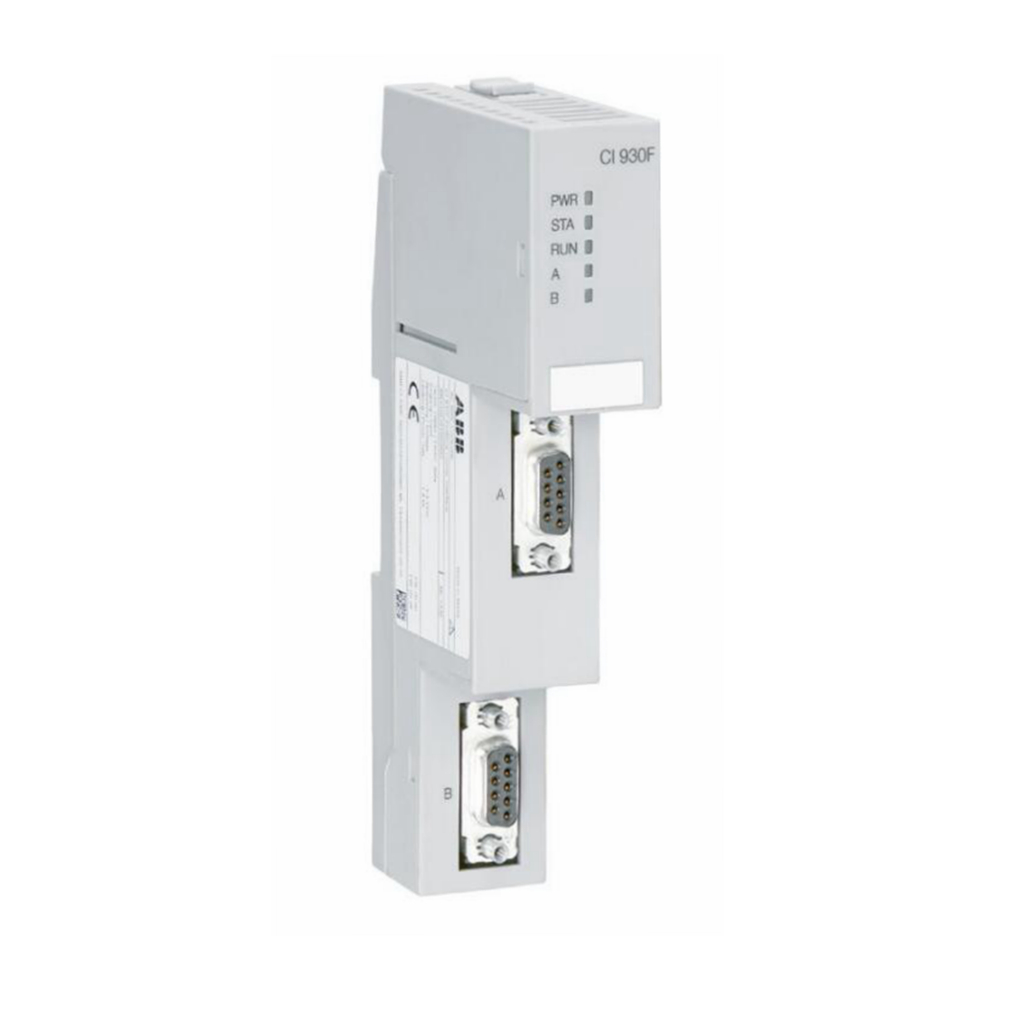
| User name | Member Level | Quantity | Specification | Purchase Date |
|---|






